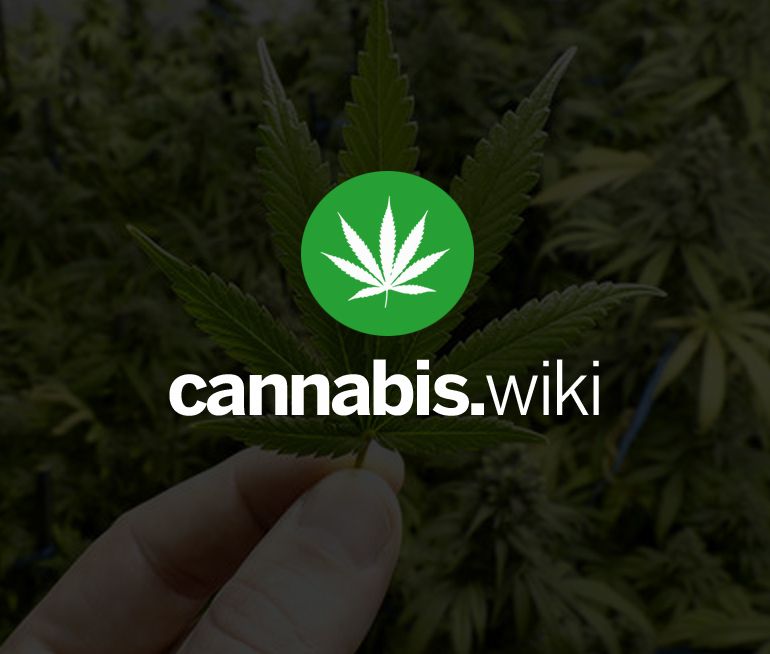What will happen if Canadian licensed producers end up with an excess supply of cannabis

Legal marijuana was officially announced for Canada in 2017 but didn’t come into effect until October 17, 2018, and licensed producers were not entirely ready by this date due to continually shifting regulations and tight deadlines. This left weed dispensaries right across the country scrambling to deal with massive shortages in the early months following legalization, and many customers without access to dry herb. Shops began running under highly restricted schedules, with the promise that all of the insanity would be over as soon as licensed producers could get enough time to catch up with a sudden and unexpected level of demand. The federal government gave updates throughout the historic shift, claiming that the lack of demand and not a lack of planning or preparation was at the heart of the consumers struggles, and that this was the main reason for the government’s choice to limit the number of weed dispensaries that could open on the first day of legalization.
In the end, no one wanted to take responsibility for the lack of product, so will it be the same if and or when sectors of the cannabis industry end up with an excess amount of dry herb? Well, we are about to find out, as sales across Canada slow, and the numbers are coming in at staggering lower rates than what was initially expected. This is primarily due to a few reasons, including consumers comfortability with their pre legalization dealers, and the presence of black market weed dispensaries that are challenging for local police to close. For every legal dispensary in Canada, there are currently almost 20 black market dispensaries that are functioning without rules and regulations and carrying illegal products like marijuana edibles that are very appealing to more health-conscious consumers. Despite the federal government estimates the cannabis industry to produce over 5 billion dollars, sales have remained stagnant, bringing in a mere 1.6 billion, or ⅕ of the expected cash flow.
In response to the highly ambitious reports, cannabis stocks dropped, and companies that were either interested or already invested in the cannabis industry began producing massive amounts of marijuana in hopes of future contracts and sales for a brand-new product that was supposedly in high demand. However, now that the situation has begun to unfold, many licensed producers are panicking as they struggle to reassess the market and try to store already grown product that isn’t moving anytime soon. These companies have invested millions in producing a high-quality product and cannot make any of it back until sales pick up, or the cannabis industry evolves to allow for more concentrated products that can be stored longer than a fresh product without a reduction in potency or taste.
So why aren’t our licensed producers selling to other weed dispensaries that are outside of Canada’s borders if they have so much of it? Well, it isn’t that simple. Canada’s most extensive border runs along the United States, and to ship the product in any form, it would have to travel over the illegal border. This is the same issue that many growers in legal states are running into, as they grow to a size that is capable of serving more than its residents, without the ability to tap into other sections of the market. This has forced some quick thinking to salvage what is already ready to be sold, while also slowing production facilities. Most have resorted to fancy storage methods in hopes that the market will change soon, and others have shifted their focus to marijuana concentrates that will be legal soon, but that isn’t enough to keep investors happy as cannabis stocks see even more losses and very little promise in the near future. Will they all survive this drought? Or will we lose all our small craft growers in the process? Only time will tell, but for now, the cannabis industry isn’t quite shaping up to be the flourishing business opportunity that so many had initially been predicted.

